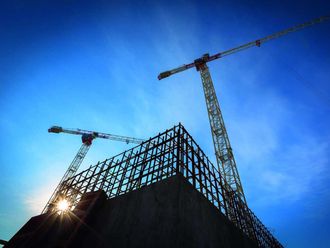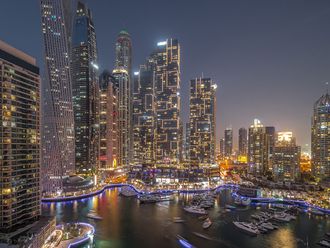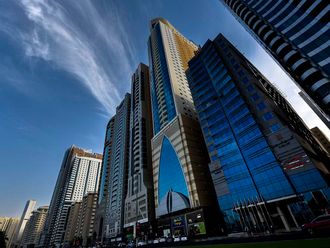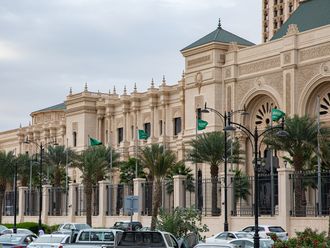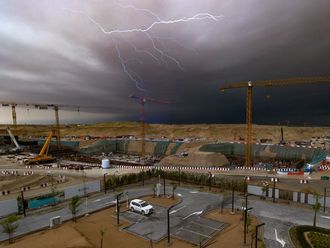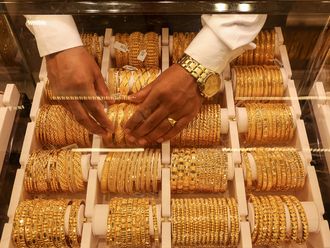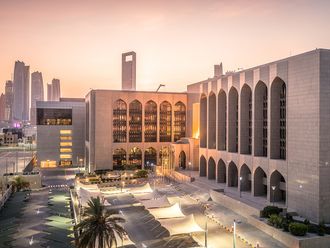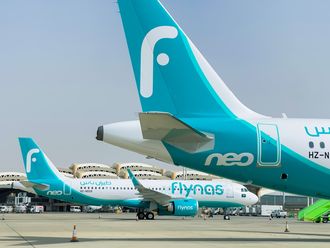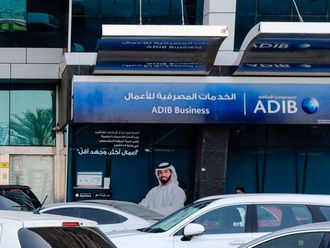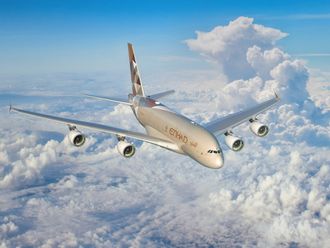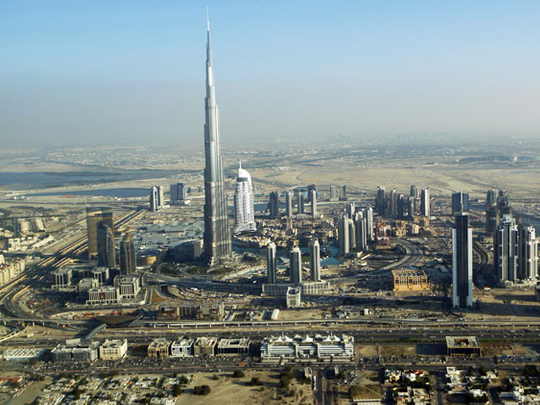
Dubai: As the Burj Dubai tower crept up so did the safety measures enforced on the 10,000 construction workers from over 59 companies that built the world's tallest tower.
"We had to be strict, almost military like, when enforcing the health and safety rules," Mohammad Moiz Al Deen, health and safety manager at Burj Dubai, said.
"There was a zero tolerance policy for smoking — people were fired immediately if they were caught, no matter what the situation or circumstance. More than 100 people were fired including those working in higher management."
The site had designated smoking, eating and drinking areas for workers.
"We incorporated all the local health and safety laws and consulted a number of international consultants for their health and safety guidelines such as the Health and Safety Commission (HSC) from the UK and the Spanish Embassy," Moiz Al Deen said.
In adherence to the local health and safety standards it was mandatory for all workers to wear PPE equipment at all times, in addition to wearing a safety harness when working at a height.
All workers were required to take their compulsory breaks between 12.30pm and 3pm during summer, amongst other regulations.
Power tools used at the tower were converted to work with 110 volts, instead of the usual 220 volts to minimise risk of accident, while fire hydrants and extinguishers were placed on every floor.
Safety barriers were put up at all levels and safety officers were present on-site at all times. In order to ensure the site security, CCTV cameras covered every entrance and exit at the tower.
Every single worker would have to go through four hours of training before they reported to work where they would learn the emergency evacuation procedures and mandatory regulations. In addition to that, every morning before work, they needed to undergo a 15 minute health and safety training.
"We followed a zero incident policy so all workers had to wear a full body harness at all times when moving within the structure.
"When working on the higher levels, workers had to be trained in certain health and safety [measures] for certain levels depending on the work they did. It was very thorough; we checked their medical history, physical ability etc," Moiz Al Deen said.
Lost in translation
"The biggest problem when it came to health and safety was the communication barrier. We had so many different nationalities who did not speak a common language. We had people from India, Pakistan, Bangladesh, Nepal etc. During our health and safety inductions we [had] hired translators," he added.
During construction, there was an on-site rescue team, and an in-house paramedic team. Other preventative measures included emergency escape cages for up to 75 workers which would have been hoisted down by a crane from the top of the tower in case of a fire or other similar emergency. A rescue helicopter was also in place to lift the crane operators to safety.
Due to the increased number of high rise buildings under construction, the Dubai Civil Defence purchased two custom helicopters for fire-fighting and rescue operations.
Throughout the whole construction period of the Burj Dubai tower, only one construction-related death was reported in June, 2007.
A spokesperson from Emaar confirmed the death, saying: "We regret to announce a fatality reported by our contractor at Burj Dubai, where a worker fell to his death.
"We sympathise with the worker and his family." The worker was killed after falling from the climb form.


